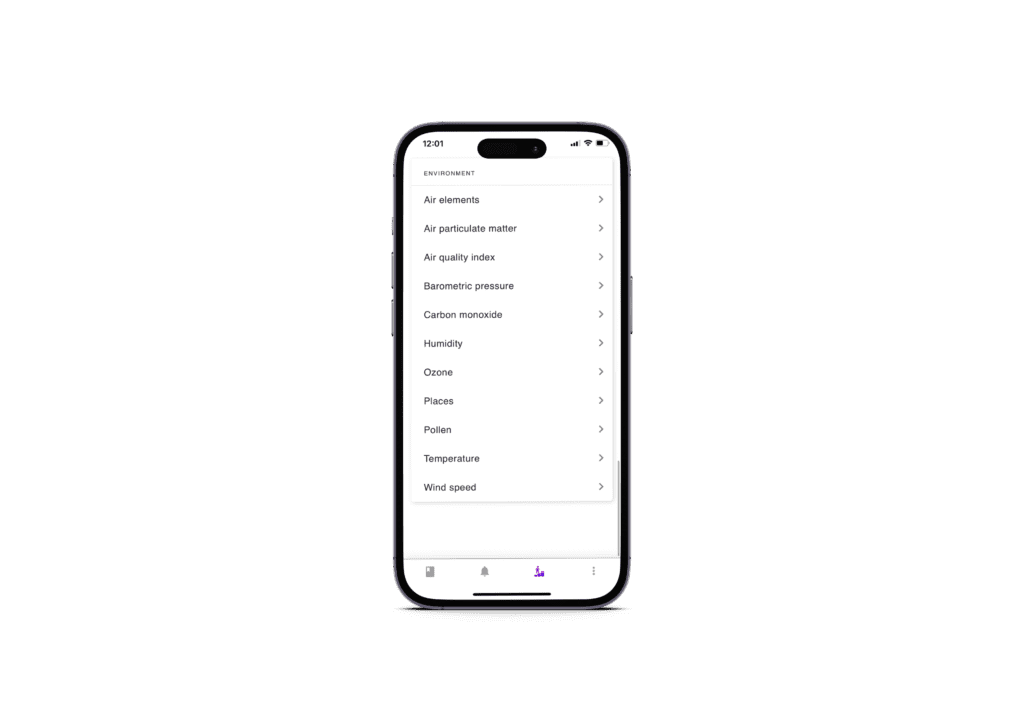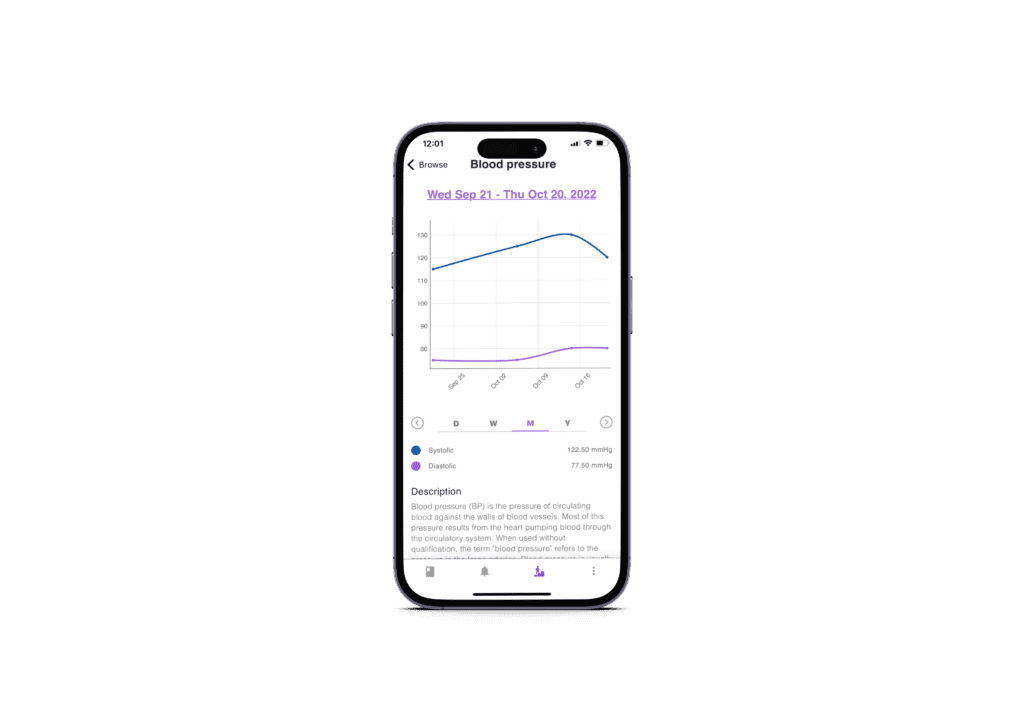Monitoring resting heart rate helps you stay aware of life-threatening conditions before they become a family tragedy.
Your resting heart rate is the number of beats you take in one minute while at rest. It varies from person to person and has a significant impact on your health as well.
Considerable studies have revealed a robust correlation between resting heart rate trends and various cancers, cardiovascular diseases, chronic digestive conditions, and more.
Especially when paired with other symptoms, this becomes a possible monitoring point for individuals and families. Symptoms like unexplained weight loss and digestive problems are more meaningful when compared with changes in your resting heart rate.
Ashley Teague, now 30, experienced unexplained weight loss, diarrhea, and bloody stool for months. She said her doctors refused her colonoscopy requests since she was young and looked healthy. She had colon cancer and Lynch syndrome, a genetic condition that raises the risk of several cancers.
Insider.com
It is worth checking out your resting heart rate and health data.
Colorectal cancer is the third-most-common cancer and the second leading cause of cancer-related death in both sexes. It is three times more prevalent in developed countries than in developing countries.

Your Resting Heart Rate is Good Data
Resting heart rate (RHR) is the number of heartbeats per minute while at rest. Resting heart rate can only be measured at rest, so health vitals trackers that monitor your heart rate during sleep are especially valuable here. RHR varies from person to person and can fluctuate within the same individual depending on factors like age, stress, exercise, and sleep quality. RHR also changes over time, so it is critical to keep up with it regularly.
The general population’s optimal resting heart rate is between 60 and 80 beats per minute. However, you are unique! Tracking your own RHR will give you a standard baseline and a fundamental understanding of your health.
RHR ≥80 beats/minute is associated with an increased risk of overall cancer mortality.
American Association for Cancer Research
A low RHR indicates that you are in good shape. Still, it does not necessarily mean that you don’t have any underlying disease conditions or risk factors for cardiovascular disease. A low resting heart rate can also be dangerous for people taking certain medications or suffering from certain illnesses like diabetes or hypothyroidism. You should still consult with your doctor for further tests to determine if there are any underlying issues affecting your heart health.
If your resting heart rate increases unexpectedly (for example, if it goes up after the flu), it could indicate that something isn’t right with your body’s systems. It may be a good idea to consult an expert to help identify what may have caused the increase in resting heart rate and advise on appropriate treatment options.
Your Resting Heart Rate Can Be Proof
Your resting heart rate is a good indicator of how well your heart is functioning. It also gives you a good look into your overall quality of health for body functions that otherwise provide no input to your cognitive self.
Resting heart rate independently predicts the presence and recurrence of colorectal cancer. High heart rate is an independent predictor of total cancer incidence and all-cause mortality in patients with cancer.
PLoS One – Resting heart rate is associated with colorectal advanced adenoma
Patients with CRC, colon and rectal cancer have a significantly higher RHR than cancer-free controls.
National Center for Biotech Info – National Library of Medicine
With a high RHR being a predictor for several cardiovascular-related conditions, higher resting heart rates also help indicate hypertension and atherosclerosis. It also shows cardiovascular morbidity and mortality. Elevated resting heart rate is present in noncardiovascular-related mortality, such as respiratory and cancer-related deaths. Resting heart rate is specifically associated with increased mortality of digestive, lung, breast, and kidney cancers.
American Association for Cancer Research – Resting Heart Rate and Risk of Cancer
How To Monitor Your Resting Heart Rate
Providing people with an accessible way to monitor their health data is a fundamental reason for the existence of the Live Learn Innovate Foundation. Using technology you likely own, you can visualize a symptom log, daily diary, mood and stress ratings, health vitals, and the environment as a combined dataset. After all, that’s how your life is lived anyways, as a whole.

You can use the LLIF software to monitor your resting heart rate.
Use LLIF software to see your resting heart rate over time. Use biometric smartwatches such as Apple Watch or Fitbit or manual data entry to see heart rate trends easily and for free.
The method
Use LLIF Software to monitor health vitals like resting heart rate.
Get your account going.
Create or use your existing Apple or Google account to sign in to the my.llif.org software online or use the Best Life mobile app available on app stores, both for free.
We use this account management method since Apple and Google have mastered the methodology. We do not need to reinvent account creation and management. You do not need even more account logins to manage and protect. Using your Apple or Google account with us is the most secure account creation and control method.
Enable location for environmental data.
Optionally enable location data syncing. Location data will populate your chart visuals with environmental data for air elements, air particulate matter, air quality index, barometric pressure, carbon monoxide, humidity, ozone, pollen, temperature, and wind speed.
Things like air particulate matter data are beneficial since they impact your health directly but are only localized variables. For example, differing sizes of APM cause different ailments, like cardiovascular stress.

Get your data in there.
Sync your current smart device data from Google Fit, Apple Health, and Fitbit using the “Connected Accounts” option within the Best Life mobile app’s settings.
Alternatively, upload your data takeouts to your my.llif.org web dashboard. Data you upload can include your Fitbit lifetime data and other data takeouts like Netflix watch history, Amazon Shopping, Google web activity, Facebook interactions, and more.
Manual data entry options.
Within the Best Life mobile app, you can hit the floating action button in the lower right corner of your Diary timeline. Tapping that FAB opens a menu with the options measure, rating, event, note, and content. Hit measure and open up the screen where you can add manual measurement entries. Blood pressure is the essential call-out here for this post.

Monitoring your resting heart rate and blood pressure together will help identify all sorts of conditions before they become critical. Heart rate and blood pressure data are also helpful for those already managing chronic conditions.
Supporting data changes minds and saves lives.
Providing your advising physician with accurate, valid health data will support your claims about your health. We have been there ourselves before. Sometimes physicians are not able to grasp what you feel. Support your health intuition with data and receive the quality of care you and your loved ones deserve from physicians.
To conclude
Whether you want to track your resting heart rate or keep an eye on another health measurement, LLIF software makes it easy. You can use a manual entry option to enter your data daily and see how each month compares with the last one. You can also use a smartwatch like Apple Watch or Fitbit to get automatic readings every morning when you wake up. Either way, taking control of your health has never been easier!
Who we are
The Live Learn Innovate Foundation is a 501(c)3 nonprofit entity that empowers software users to regain control of their personally generated health data, gain intuitive insights about their social data, learn the impact of their environment on health, and build a foundation of data analytics that empowers research, academics, and innovation in economic development.
Use cases for this secure, private data aggregation method appear everywhere, expanding to family care, community growth, agricultural planning, and many more things still unseen. Help us keep going by getting involved today.
12 Responses